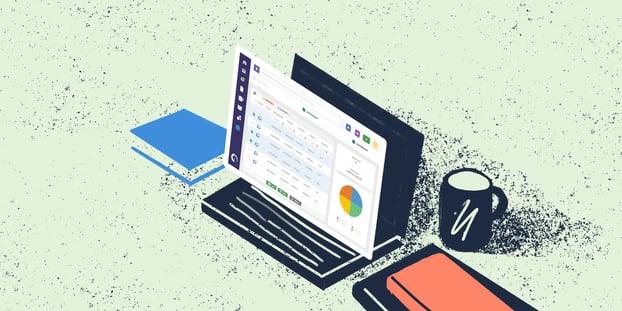Have you ever wondered, what is a concurrent license and how does it impact your IT infrastructure?
Well, basically a concurrent license permits a defined number of users to access software simultaneously, optimizing IT infrastructure by allowing efficient sharing and usage based on demand.
In the fast-paced world of technology, staying ahead requires a deep understanding of licensing models. In this article, we'll unravel the intricacies of Concurrent Software Licensing, exploring the ins and outs of Concurrent Licensing to provide you with the knowledge needed to navigate the IT landscape.
What is a concurrent license?
A Concurrent License is a software licensing model that allows a specified number of users to access a program simultaneously. Unlike traditional licensing, which restricts the number of installations, concurrent licensing focuses on the number of users accessing the software concurrently. This model provides flexibility, enabling organizations to optimize software usage based on their dynamic needs.
How does a concurrent license work?
In a nutshell, with a concurrent license, a pool of licenses is shared among multiple users. The software can be installed on more machines than the allowed number of concurrent users, but the usage is restricted by the license count. If the maximum number of concurrent users is reached, additional users have to wait or are denied access until a license becomes available.
Key features of concurrent licensing
- Flexibility: Organizations can scale the number of users without worrying about exceeding the licensed installations.
- Cost-Efficiency: Optimizes costs by allowing shared access rather than individual licenses for each user.
- Centralized Management: Easier to manage and track licenses from a central server.
- Adaptability: Ideal for software used intermittently or in shifts, aligning with real-world work patterns.
When to consider concurrent licensing?
- Fluctuating User Base: If your organization experiences variations in the number of users requiring software access.
- Intermittent Usage: For software used sporadically rather than continuously.
- Budget Constraints: To optimize costs by avoiding unnecessary individual licenses.
Pros and cons of concurrent licenses
Pros:
- Cost Savings: Significant cost reduction by sharing licenses.
- Scalability: Easily adapt to changing user numbers without additional expenses.
- Efficient Resource Utilization: Ensures optimal use of software licenses.
Cons:
- Access Limitations: Potential delays for users when all licenses are in use.
- Complex Implementation: Setting up and managing concurrent licenses might require additional effort.
- Monitoring Challenges: Tracking concurrent usage can be challenging without proper tools.
Concurrent licensing examples
Concurrent Licensing is prevalent in various industries, especially in scenarios where user access fluctuates. Common implementations include design software in engineering firms, project management tools, and graphic design applications.
Conclusion
In the ever-evolving realm of information technology, understanding licensing models is paramount. Concurrent Licensing stands out for its adaptability and cost-efficiency, making it a valuable choice for organizations with varying user access needs.
In summary, implementing Concurrent Licenses can optimize costs, streamline software management, and accommodate the dynamic nature of modern workplaces. As you explore the possibilities of concurrent licensing, keep in mind the balance between cost-effectiveness and potential access limitations.















